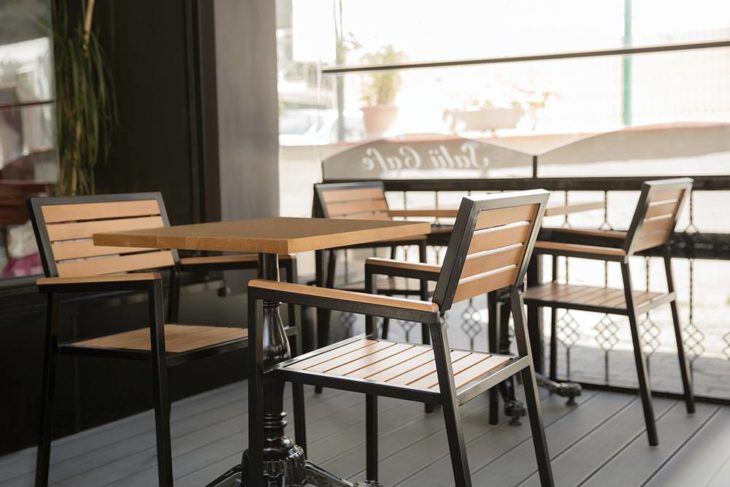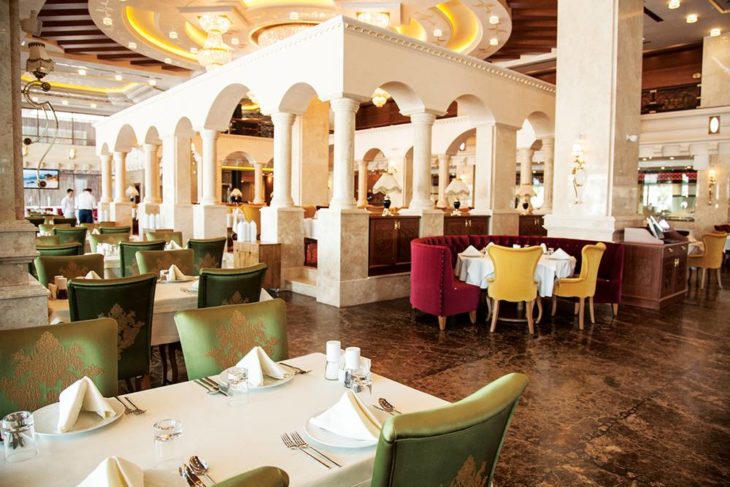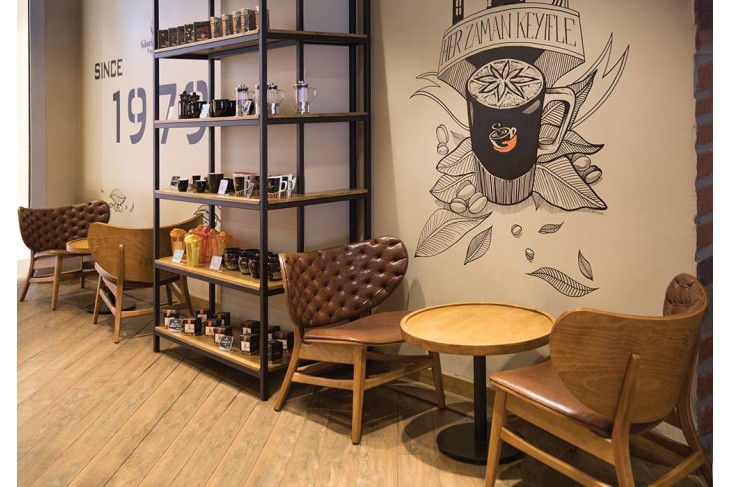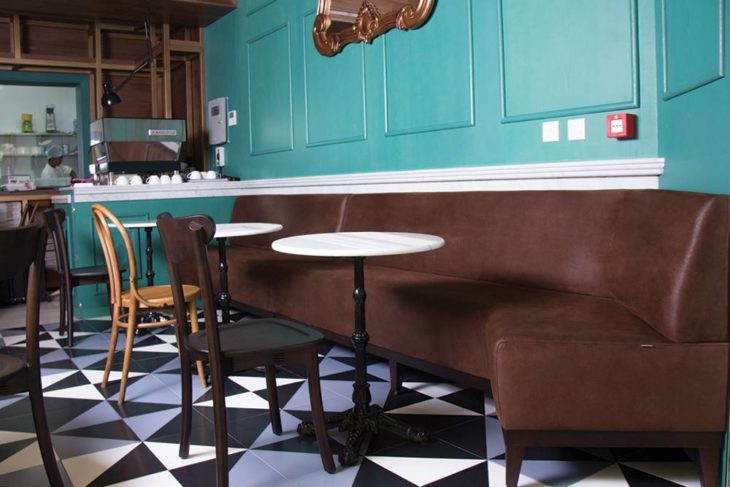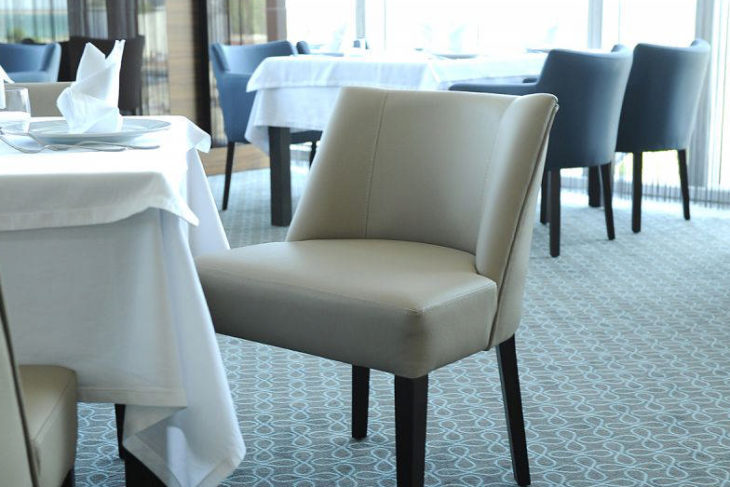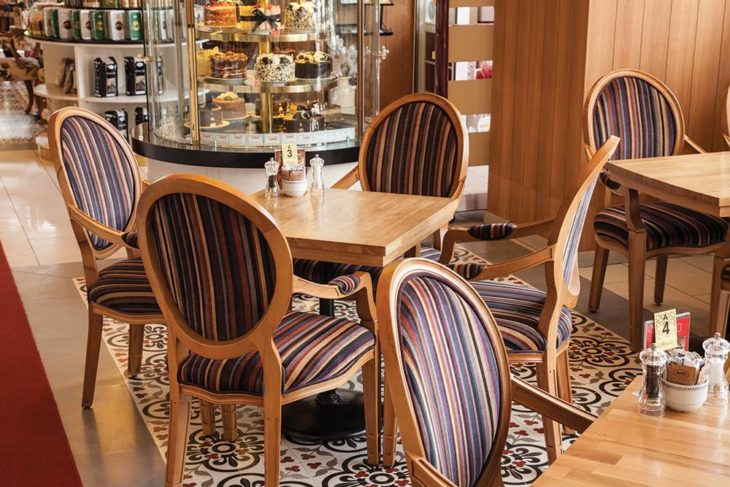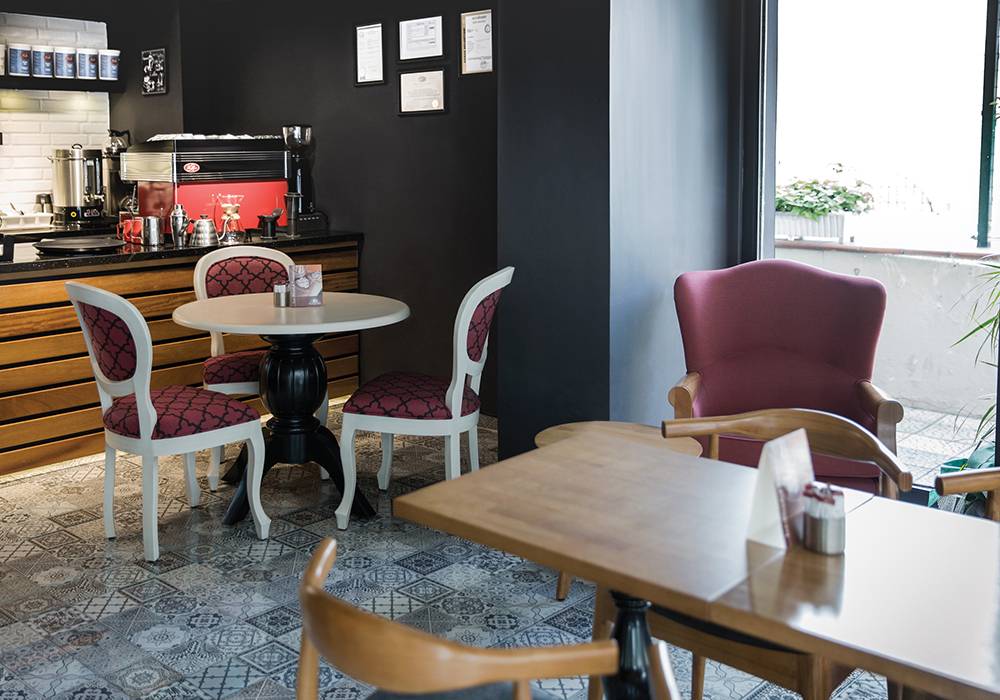
Selecting a new theme for or redecorating your billiard or game room involves many steps. Many details are involved, from what style baseboards you want to where you hang that last mirror or neon clock. From an aesthetically pleasing aspect, perhaps the most important detail coming into play is choosing the most appropriate color combination or scheme for the billiard or game room being considered.
Of course, there is no standard, default color scheme for any given scenario. Even though you want your colors to match that does not mean that you have to use the same color, or even shades of the same color, to enjoy a complementary color scheme. To accomplish this feat successfully, certain general rules should be followed. The following eight “don’t” guidelines should be adhered to in order to maximize the aesthetic quality and overall mood of your billiard or game room when deciding on the best possible color combination to meet your individual needs.
1. Don’t Paint First
Paint can be bought in just about every color imaginable, and should usually be done last. It might seem easier to paint first since the room might still be bare, but as a general rule, make some other major choices first, such as carpet or tile design, major furniture fabric color schemes, and so forth. Painting, although sometimes tedious, is one of the easiest things to do when redecorating a room, and going with a different color scheme on your walls is much easier to change, not to mention way cheaper, than scraping up tiles or refelting a billiard table.
2. Don’t Make Your Color Choices at the Hardware Store
Although you will be excited, it is better to hold off purchasing items on your first store visit, despite your eagerness to get the ball rolling. On your first visit, obtain some sample swatches of paint colors, flooring and furniture fabric on your first visit. Take them home and check out how they will look. Be sure to examine them out in both natural light and in the evening with lamps. And, of course, examine them in the room you are redecorating. If you already own a billiard lamp, check your samples under that, as much of your billiard room’s light comes from this source.
3. Don’t Use a Paint Chip as a Sample
A tiny paint chip sample might look decent under fluorescent lighting in the store, but might be a bit darker or off-tone in your home. Once you have decided on a color (or color scheme), buy a quart of those colors and cover a small area of a game room wall to see how your color choices look in the room. If it turns out that you do not like the color, simply paint over it with your next choice, and problem solved. And if you’re a frequent mind changer, following this rule will save you a heap of money and frustration.
4. Don’t Make Your Favorite Color the Dominant Shade or Hue
Potentially, your favorite color will most likely be one of the first choices you think to redecorate with, unless you already have a particular theme in mind which contradicts your favorite colors. However, choosing your favorite color can, over time, become somewhat overbearing, making you feel tired of the same old same old. Just because you love blue does not mean you have to paint your walls that color. In fact, your favorite color might not be the most conducive color choice if you are trying to set a certain mood for your game room. For example, if your favorite color is red, but you want a calm and soothing atmosphere in your billiard room, then red would not work, as it gives people a sense of vivacity, eagerness, and excitement.
5. Don’t Settle for Dull If You Desire Dazzle
Usually you will end up paying the same price for all different paint colors, whether they are white or black, light or dark. A gallon is a gallon, so don’t settle for something bland if you want something vibrant. Even if you just opt for a little brightness or vivacity, using bright overtones in an otherwise dully-colored room will most assuredly add to an upbeat mood. And don’t be afraid to make color choices that express your personality and individuality.
6. Don’t Force a Certain Color Scheme or Choice
Don’t make things match. If you have green and black bar stools and a green-felted pool table, then you don’t want to go with a bright or dark green wall color. This will create color clashing, which is difficult on the eyes. First, choose your color family. Then, identify the major pieces of furniture in your game room containing that color scheme, and base your color choices around them. Also, do not hesitate to remove items from the room if they don’t match or fit into your scheme.
7. Don’t Forget About Color Scheme Undertones
The color spectrum is chocked full of colors. Offsetting your main color in your billiard room can be done easily by utilizing different hues or shades of the main color choice. Just remember that not all whites are the same white, not all yellows are the same yellow, etc. Look past the surface of each color you are considering by examining a hue’s brightness, crispness, etc. Deciding on a color combination that uses different variations of the same color may turn out better than you had initially thought.
8. Don’t Ignore the Psychology of Colors
Remember that different colors have different meanings. For example, brighter, hotter colors, such as red, orange, and yellow, boast excitement, intensity, and upbeatedness. However, cooler, darker greens and blues emit more feelings of calmness and euphoria with a laid back atmosphere. Choose a color scheme to help create the ambiance and mood you want to portray most in the room.
Following these easy pointers should help to guide you in the correct direction when making color choices for your home billiard room, game room, bar or activity area. If you already have a theme in place, then selecting a color scheme or color combination to match should be a little bit easier than starting with a bare room since you already have theme colors in mind. If you are starting from the beginning, or if you simply are having trouble deciding on a particular color scheme, these no-no’s should be helpful.
